HOW DO WE DO THIS?
Our goal is to generate innovative, illustrating examples that guide the system towards the development of a new approach that promotes the creation of key skills and abilities that students will need to live and work in the XXI century.
We believe the STEAM approach has the potential to level the playing field and allow the educational system to offer greater inclusion and better chances for children and teens.
In order to achieve this, we focus all of our creativity and effort on developing a proposal with the potential of becoming an educational public policy for the entire country.


AS AN ANSWER
The strategy behind the strengthening of STEAM is mainly focused on implementing an effective model (proven, with evidence of its impact) that can streamline the development of STEAM (Science, Technology, Engineering, Art and Mathematics) skills and abilities that promote creative and innovative capacities among youngsters.
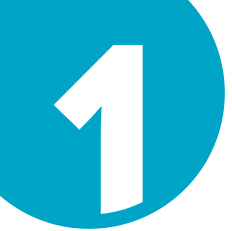

KNOWLEDGE INTEGRATION
Knowledge must be approached holistically, promoting interactions between the sciences, creativity, engineering and art, as well as different views and approaches to relevant, complex problems our youth have to face.
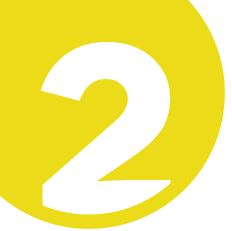

PROMOTES HANDS-ON LEARNING AND LEARNING TO DO
Learning by doing, hands-on learning focused on students and project-based learning are very important methods and approaches to guarantee learning experiences that place students front and center and allow them to participate actively.

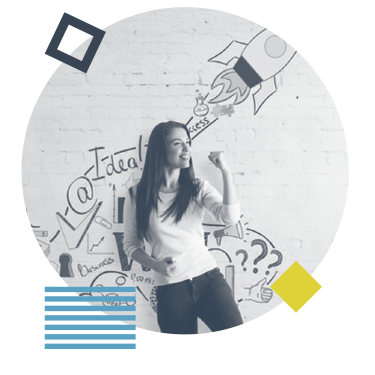
USES TECHNOLOGY FOR CREATIVE PURPOSES
In the XXI century, the use of technology, devices and programs requires more and more innovative and creative outlooks. Models and activities are promoted that focus not on the use of technology itself, but instead on its applicability and the impacts it can have on different aspects of daily life.

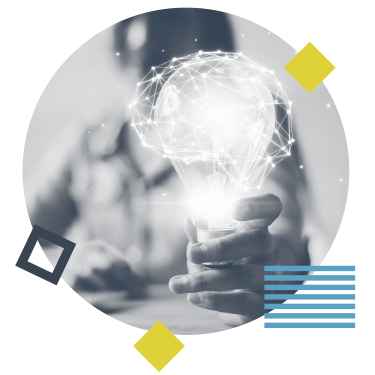
DEVELOPS DEEP THINKING
Deep thinking is the ability to approach issues relevant to the daily reality of one’s own environment and the world’s, in a critical, profound and reflective manner. We propose that these issues should also be linked to real solutions that have a positive impact on society.

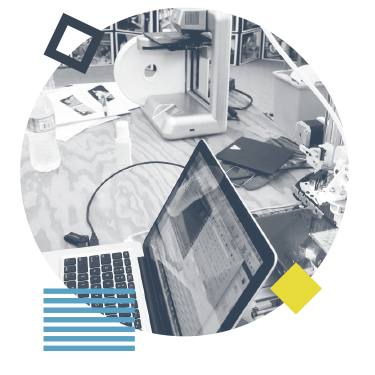
DESIGNS AND ADAPTS
TRANSFORMATIVE SPACES
Learning takes place inside and outside the classroom, and for this reason, learning spaces are designed physically and architecturally to facilitate the development of activities that are creative, engaging, exploratory, inquisitive and based on trial and error. Makerspaces for creation and collaboration are encouraged, such as museums, libraries, schools and community centers, among other organizations and/or institutions.
THE PRINCIPLES OF
HOW WE DO THINGS
In order to achieve our goals, we identified iniciatives that have managed to have an impact on the changes pursued by STEAM methodologies.
